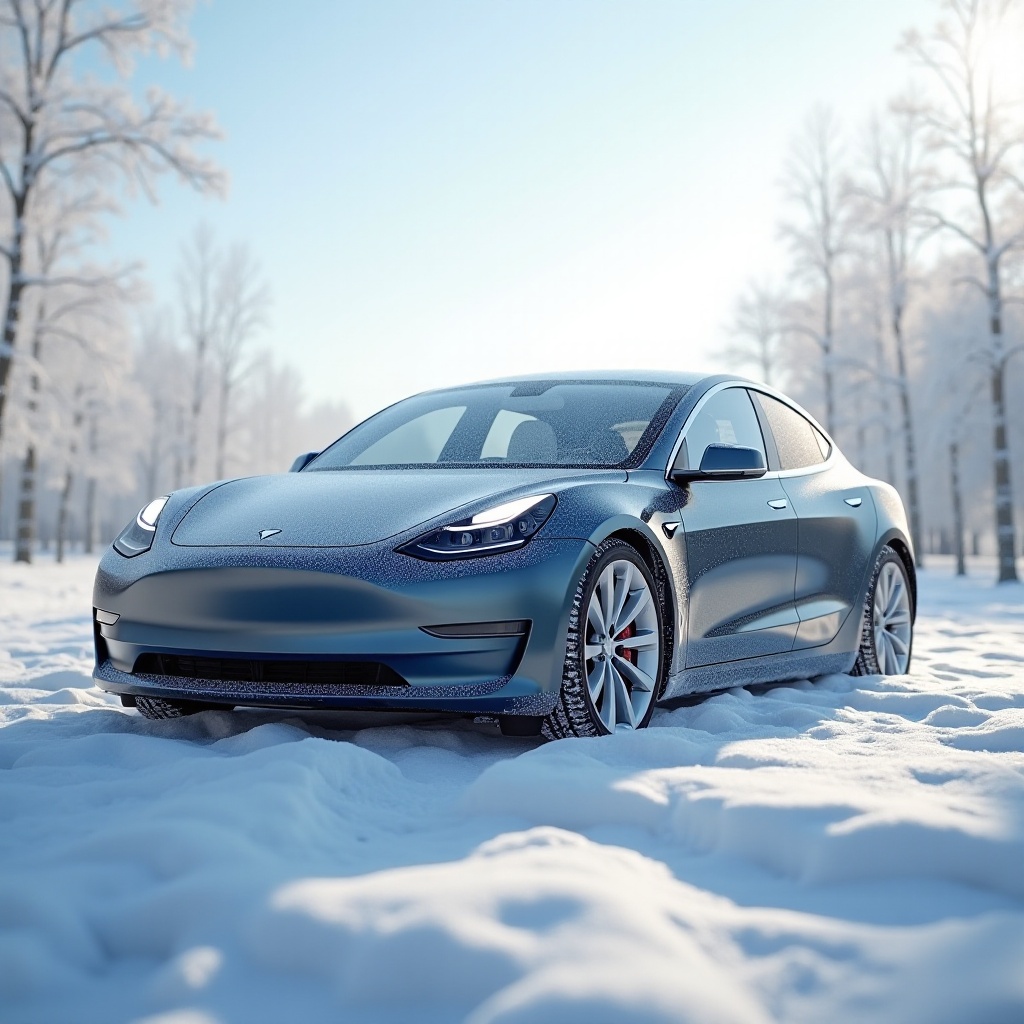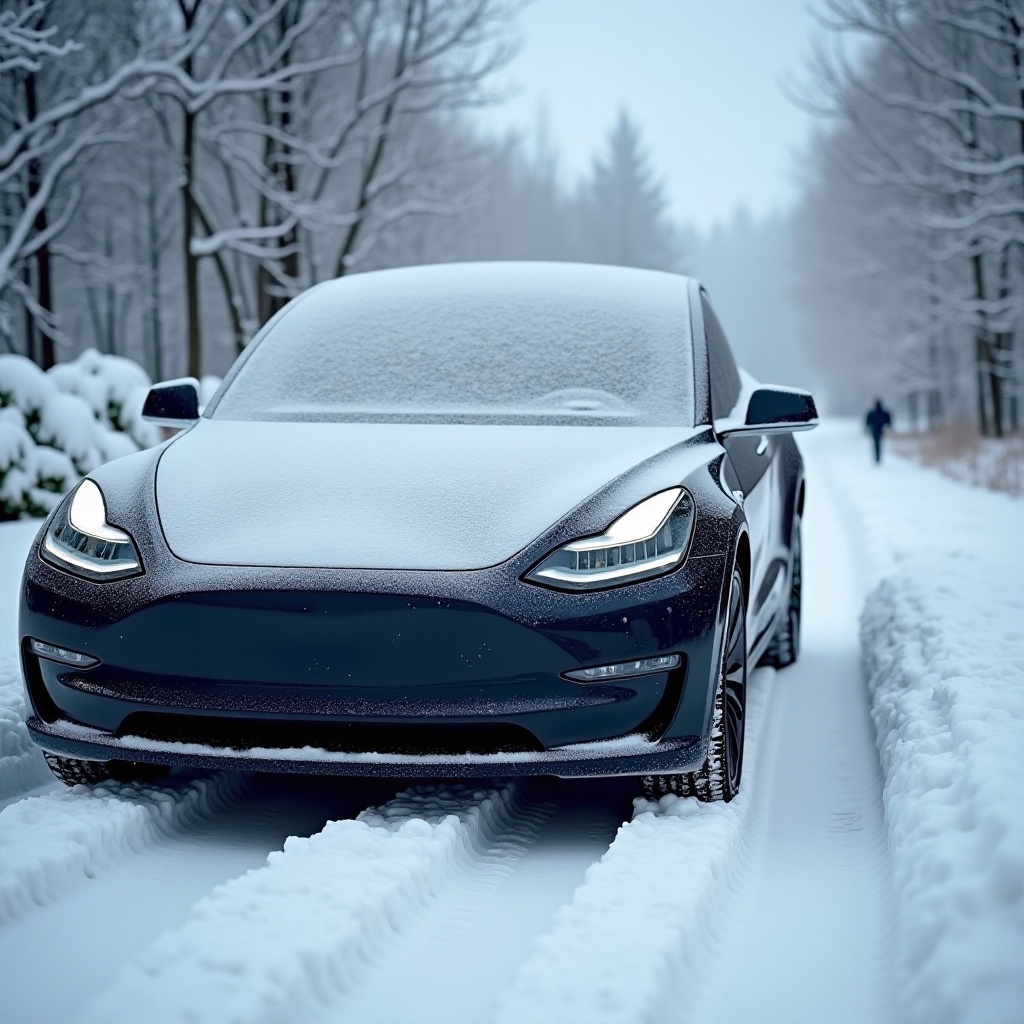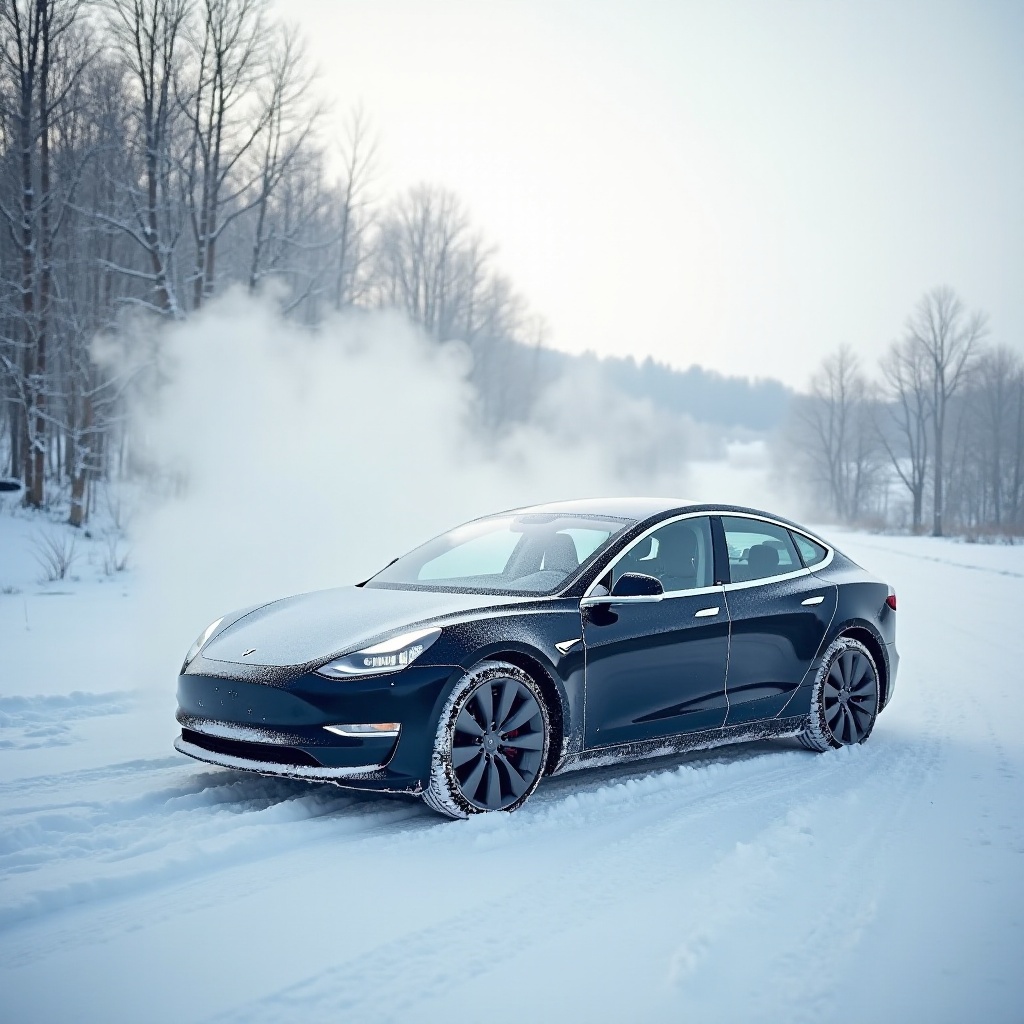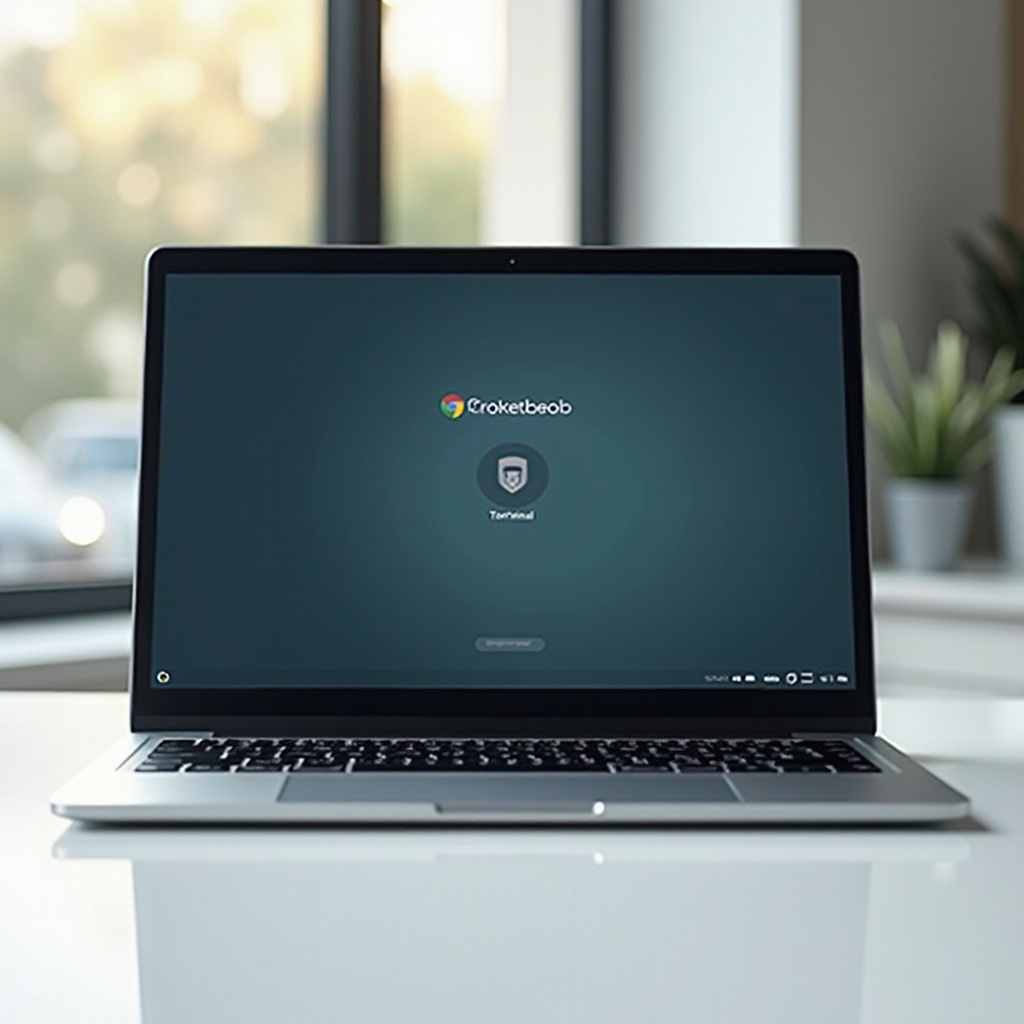Introduction
Winter can be challenging for electric vehicle (EV) owners, especially those who drive Teslas. Cold weather impacts battery performance, leading to increased energy consumption and decreased range. For new energy vehicle owners, understanding and mitigating battery drain in cold weather is essential to maintain efficiency and ensure a smooth driving experience.
Tesla vehicles, known for their technological advancements, can still face cold weather challenges. In this blog, we will delve into the causes of battery drain in cold weather and explore effective strategies to minimize its impact. By adopting specific habits and taking advantage of Tesla’s unique features, you can keep your vehicle’s performance optimal even in the harshest winters.

What Causes Battery Drain in Cold Weather?
Cold weather significantly affects battery performance in electric vehicles. Lithium-ion batteries, which power most EVs including Teslas, are sensitive to temperature fluctuations. When temperatures drop, the chemical reactions within the battery slow down, reducing the energy available for driving and other functions.
In cold weather, the car expends more energy to maintain its internal temperature. Heating systems, seat warmers, and other comfort features draw additional power, further depleting battery reserves. Furthermore, cold battery cells resist charging and discharging, which results in slower charging times and reduced efficiency.
Another factor is increased rolling resistance. Cold air is denser, causing more aerodynamic drag. Additionally, winter tires, designed for better grip in snow and ice, often have higher rolling resistance compared to summer tires. These elements collectively contribute to an increased energy demand on the battery, causing it to drain faster.
Tesla-Specific Cold Weather Challenges
Tesla, despite its advanced technology, also faces unique challenges in cold weather. The brand’s premium electric vehicles are designed to perform well in various conditions, but cold weather presents specific hurdles.
One major challenge is battery pre-conditioning. If the battery is too cold, it needs to be warmed before it can function efficiently. Tesla’s system includes a Battery Management System (BMS) to handle this, but the process consumes energy and can reduce the available range.
Moreover, Tesla’s regenerative braking, a system that recovers energy during braking, operates less efficiently in cold weather. The regenerative braking system needs the battery to be at optimal temperature for maximum efficiency, which might not always be the case during winter drives.
Additionally, the extensive use of cabin heating and defrosting features in winter months places higher demand on the battery. Maintaining a comfortable cabin temperature in freezing conditions means the heater works overtime, which can lead to faster battery drain.

Mitigation Strategies for Tesla Battery Drain
To combat the effects of cold weather on your Tesla’s battery, implement the following strategies:
Pre-conditioning the Car: How and Why
Pre-conditioning involves warming up your car while it’s still plugged in, ensuring the battery and interior are at optimal temperature. This process is crucial because it allows you to use electricity from the grid rather than relying solely on the battery.
- How to Pre-condition: Use the Tesla app to start pre-conditioning your vehicle 30-60 minutes before your departure. This warms the battery and the cabin.
- Why it Works: Pre-conditioning helps in reducing the amount of energy the car needs to draw from the battery once you start driving, thus preserving range.
Using the Scheduled Departure Feature Effectively
Tesla’s Scheduled Departure feature allows you to set a time when you plan to leave, and the car will automatically pre-condition the battery and cabin.
- How to Use it: Go to the climate control settings in the Tesla app, select ‘Schedule,’ set your desired departure time, and enable ‘Scheduled Departure.
- Benefits: The car will be ready to go at your scheduled time with an optimal temperature, reducing the initial load on the battery and preserving range.
Proper Garage Storage Tips for Winter
Storing your Tesla in a garage can greatly influence battery performance in cold weather.
- Maintain a Moderate Temperature: Keep your garage as warm as possible to protect the battery from extreme cold.
- Plug in Your Car: Charge your car while it’s in the garage to keep the battery warm and ready for use.
- Cover Your Car: When a garage is not available, use a car cover to minimize exposure to cold temperatures.

Maximizing Range in Cold Weather
While pre-conditioning and proper storage are essential, adopting efficient driving habits can further help in mitigating cold weather battery drain.
Efficient Driving Habits to Reduce Battery Drain
- Drive Smoothly: Avoid rapid acceleration and harsh braking. Smooth driving helps in conserving energy.
- Limit Heater Use: Use seat and steering wheel warmers instead of cabin heaters, as they consume less power.
- Utilize Eco Mode: Tesla’s Eco Mode optimizes energy consumption by adjusting acceleration and other vehicle settings.
Utilizing Regenerative Braking and its Benefits
Regenerative braking can help recover energy, but it needs to be efficient.
- Proper Use: Understand that regenerative braking works best when the battery is warm. Pre-conditioning can improve its efficiency even in cold weather.
- Benefits: Recovering energy during braking can extend your battery range, which is especially useful during long winter drives.
Monitoring Battery Health and Maintenance Tips
Regular maintenance and monitoring can help safeguard your battery health.
- Battery Health: Use the Tesla app to monitor battery health and performance.
- Service Checks: Regularly schedule service checks to ensure the battery and other components are in good condition.
- Avoid Deep Discharges: Keep your battery charged above 20% to avoid excessive drain and increase longevity.
Conclusion
Cold weather can be tough on Tesla batteries, but understanding the causes and employing effective strategies can mitigate battery drain. From pre-conditioning and efficient driving habits to proper storage and using Tesla features effectively, you can ensure your EV performs optimally even in winter. Consistent maintenance and monitoring will further enhance battery health and longevity.
Frequently Asked Questions
How much range can I lose in cold weather with my Tesla?
In cold weather, Tesla owners can anticipate a range reduction of 20–40%. This range loss depends on several factors, including temperature, driving habits, and the use of car heating systems. By employing strategies like pre-conditioning and efficient driving practices, you can minimize this range reduction.
Does remote starting help reduce battery drain in cold weather?
Yes, remote starting can help reduce battery drain. Initiating remote start via the Tesla app activates pre-conditioning, warming both the battery and cabin before driving. This ensures the battery operates at optimal temperature, reducing the immediate load and conserving energy during your journey.
What should I do if my Tesla’s battery drains faster than expected in winter?
If your Tesla’s battery is draining faster than expected:
1. **Check for Software Updates:** Ensure your car’s software is up-to-date.
2. **Examine Driving Habits:** Review and adjust your driving habits to be more energy-efficient.
3. **Service Inspection:** If the issue persists, schedule a service inspection to check for any potential issues with the battery or other components.
4. **Utilize Pre-conditioning and Scheduled Departure:** These features help in minimizing battery drain.
By taking these steps, you can address the battery drain issue and maintain optimal performance during the winter months.


